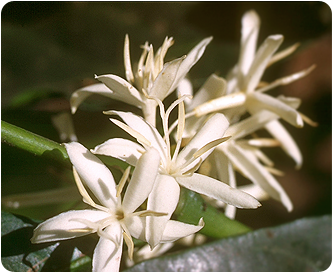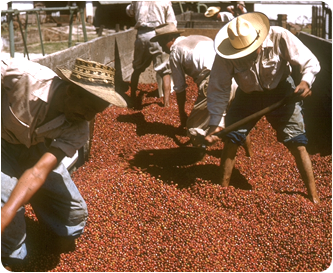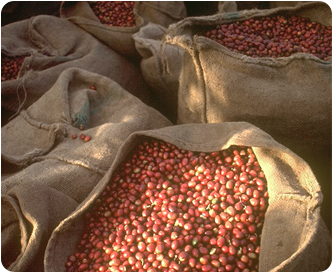1726: Coffee comes to Brazil

1820: Coffee instead of sugar cane
1856: Settlers take the lead
1889-1930: The high time of coffee
1726: Coffee comes to Brazil

1820: Coffee instead of sugar cane
1856: Settlers take the lead
1889-1930: The high time of coffee








